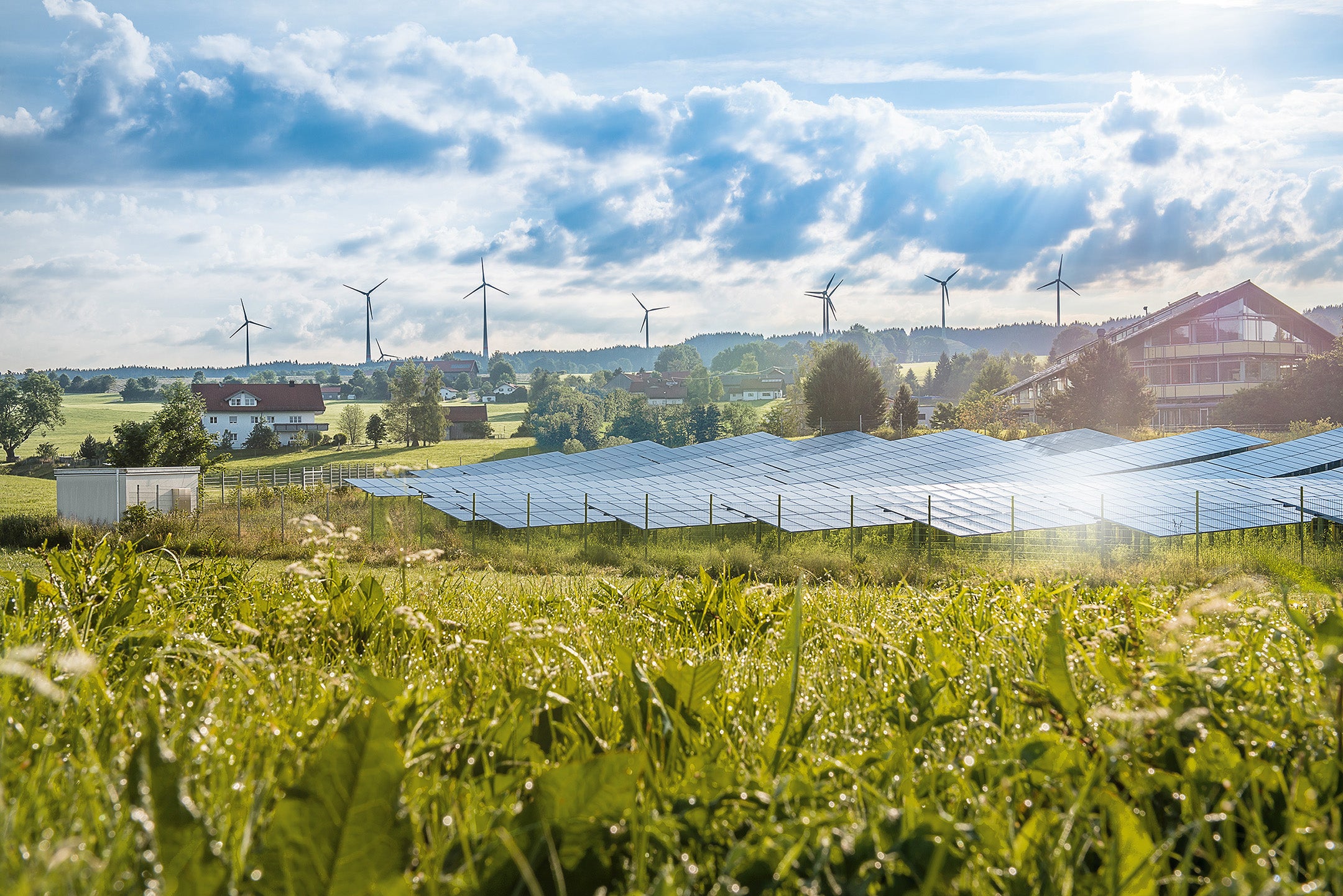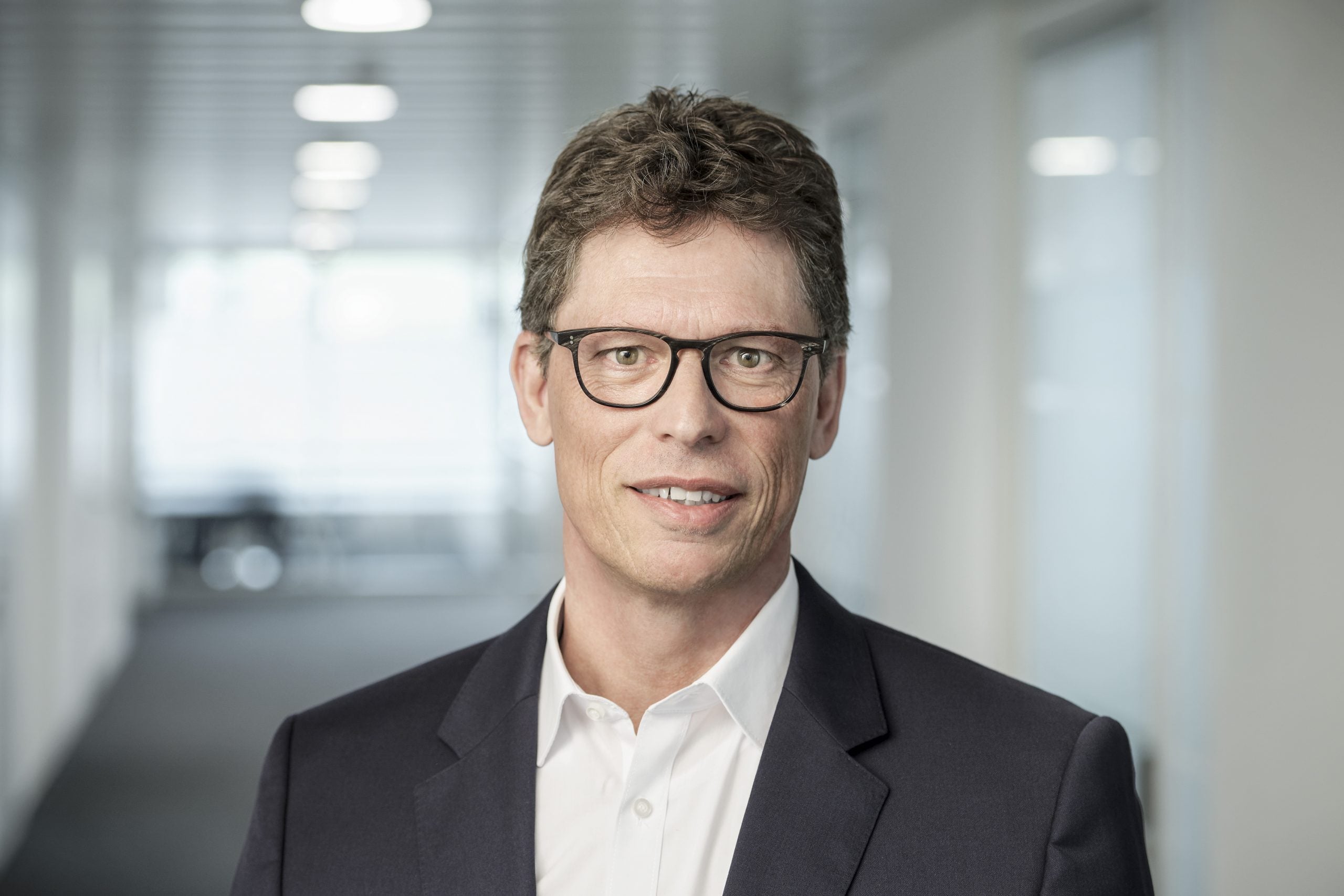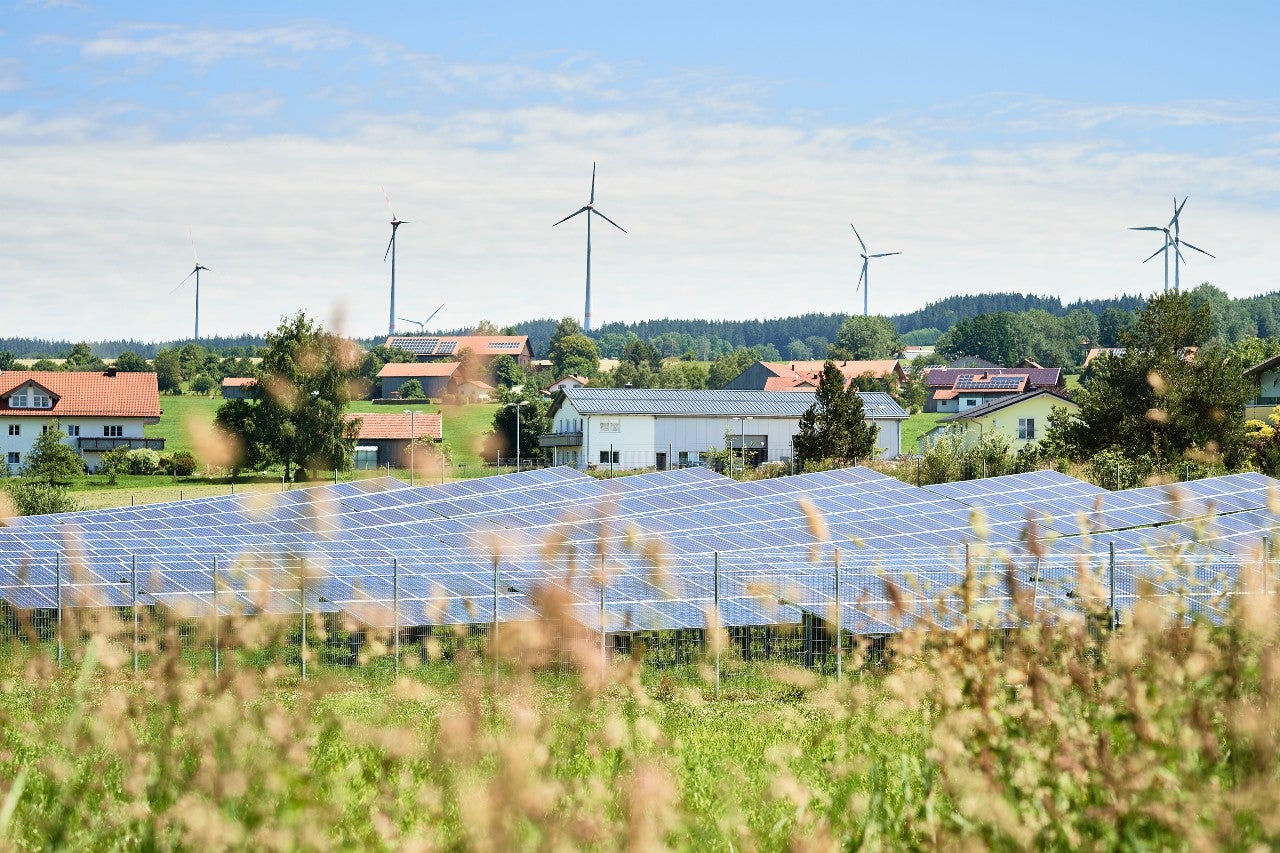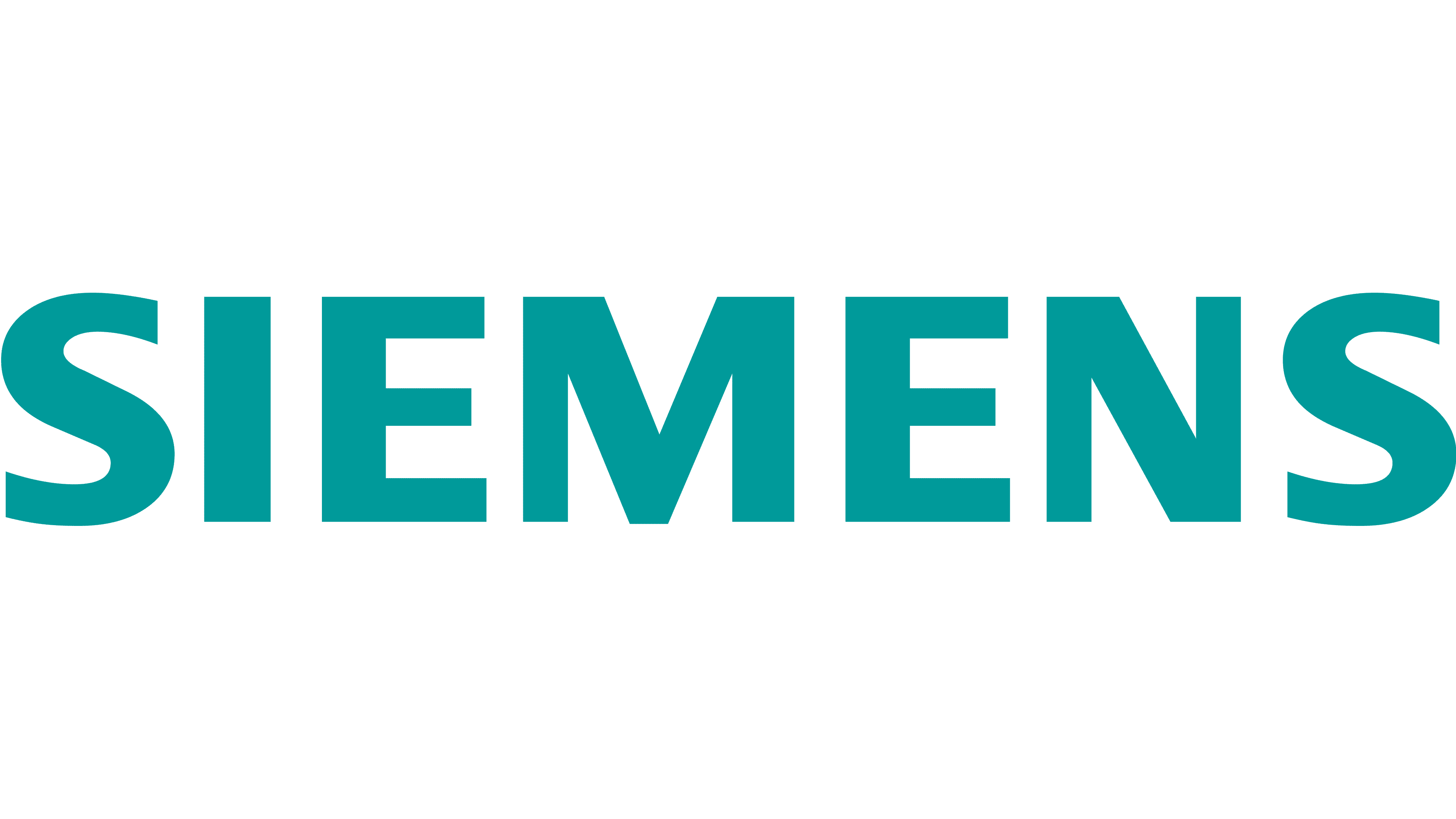
Embracing Digitalization in the Rethinking Energy Sector
A greener and more energy-efficient future seems hard to achieve when the world’s hunger for power grows day by day. Nevertheless, the world is moving steadily away from fossil fuels to renewable energy sources, and therein lies an opportunity to rethink the structure of the energy supply system to ensure that producers, consumers and policymakers are working together towards the same goal.
Our growing use of digital technologies is a major factor in the world’s growing power consumption, yet it is digitalisation, along with decentralisation of the power grid, that will make a huge contribution to a more efficient and sustainable energy future.

Digitalisation is the core component that enables smart infrastructure – energy production, meters, grid systems and buildings that are ‘intelligent’ and, therefore, more energy-efficient. Together, the digital revolution and the energy revolution will create a smarter, greener future.
“On the one hand, digitalisation continues to drive energy demand,” says Matthias Rebellius, CEO of Smart Infrastructure at Siemens. “This transition generates a strong increase in the energy footprint of information and communications technology. On the other hand, the sustainable energy transition is enabled by digitalisation to cope with complexity of increasingly distributed energy systems.”
Clarity from complexity
Incorporating more renewable energy production creates complexity. Germany alone has around 1.6 million power stations, many of them small, grid connected or distribution system-connected devices, and most of them regenerative, such as PV power plants or battery storage systems.
“More renewables will be added to the power mix, leading to greater levels of complexity in our grids,” Rebellius explains. “This can only be managed with the help of digital systems.”
The global Covid-19 pandemic has revealed the crucial role digital technologies play in enabling the world to respond to sudden and dramatic change. Flexibility and adaptability will be essential characteristics of the post-pandemic world, and that responsiveness will be built on smart technologies connected to a digital backbone.
“If we were – digitally – in a soft breeze before the pandemic, we are in a whirlwind now and we need to keep that positive momentum,” says Rebellius. “We need to ride the wave and gain speed in implementing and connecting smart solutions, which are crucial for resilient and sustainable energy systems.”
“Intelligent infrastructure adapts to changing circumstances, provides stable services and is climate-friendly at the same time,” he adds. “Digital solutions basically allow us to have our cake and eat it too – they provide the support to cope with crisis situations and fight climate change.”
Components of the digital backbone already exist. Although much infrastructure remains to be digitalised, electrified and made intelligent, the world is starting to collect and analyse energy data to reduce power consumption and to improve operating, maintenance and service processes. What is needed now is the wider context in which those technologies can thrive.

“Digital solutions have been in place for quite a while now, so it is much more about having the right conditions for implementing them – the political framework, the maturity of the available infrastructure, the economic benefits, and the social acceptance of the technologies,” believes Rebellius.
On the technology side, the main focus has been on equipping infrastructure and individual consumers with digital technologies. The next step is to exploit the potential of digitalisation by combining and analysing sensor data from different devices. Technologies such as the internet of things and the cloud provide data transparency and a full range of data analytics to users and operators, reducing both complexity and cost.
The edge of tomorrow
In transitioning to a more sustainable and decentralised energy system, the grid edge – where energy supply meets the demand from industry, buildings and consumers – is where connected technologies for local consumption, production and energy storage of energy, as well as advanced control systems to balance generation and consumption, can have a huge impact.
“Smart solutions at the grid edge enable the energy system to forecast energy consumption and production and to decide autonomously how to use the available energy in the best way,” notes Rebellius. “Digital grid edge technologies are an accelerator for green energy transition and a prerequisite for decarbonisation.
“Smart solutions enable a greater integration of renewables, which also means more decentralisation, and more consumers who are also prosumers,” Rebellius continues. “By creating this flexibility in the grid, we allow more people to participate and be part of an energy pool. This pool could include large and small players, all contributing and using power from various sources.”
Getting consumers to buy into this model depends on them understanding the purpose driving the digitalisation of the energy system – and communicating the purpose clearly. Live since October of last year, the pebbles project, which has seen Siemens co-develop a blockchain-based electricity trading platform in the southern German town of Wildpoldsried, is a real-world example of how emerging digital solutions are already helping to empower a new generation of prosumer. Through the use of an app, private producers can sell electricity directly into the local community, without the intervention of traditional grid operators or marketers. Blockchain ensures end-to-end visibility and consumers can control preferences, including the proportion of electricity purchased from renewable systems.
“Everyone wants to make a real impact,” believes Rebellius. “It is not about digitalising a service for the sake of digitalisation. Everything needs to contribute to something bigger. We want technology with purpose to tackle the world’s biggest challenges: climate change, the trend of urbanisation and the growing world population.”

Meaningful change happens when the force of will is applied to the right lever, whether it is energy consumption, renewable energy production, future mobility or air quality.
“Digital solutions play a crucial role for shaping our future in a sustainable, resilient, safe and inclusive way,” says Rebellius. “At Siemens when we want to make the planet greener by reducing CO2 emissions with smart buildings or making grids smart in order to bring in more renewable energy, we enable individuals to take part in the green transition.”
“We see this as an ecosystem where everyone is doing their part,” he adds. “To achieve the energy transition everyone needs to contribute – companies, governments and citizens. Only then can we truly create an ecosystem that functions seamlessly and efficiently, respecting people’s needs but also the environment.”



